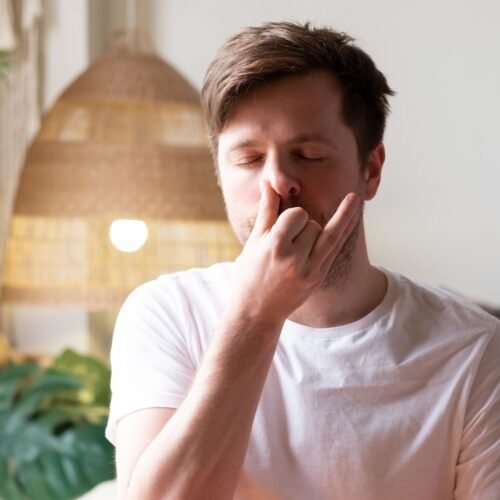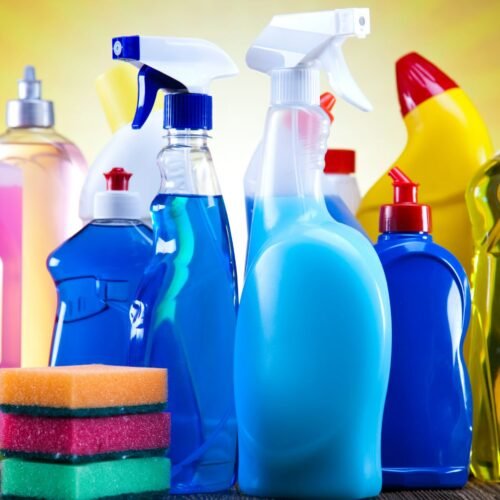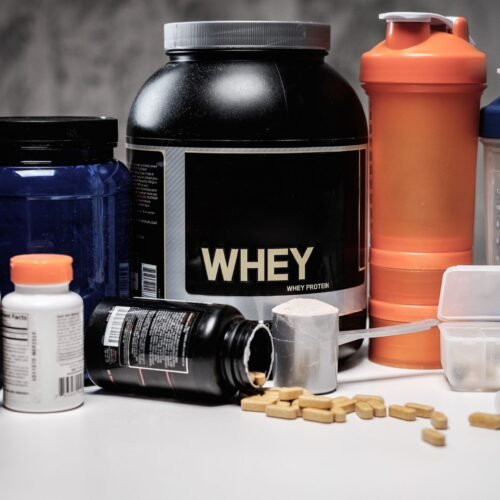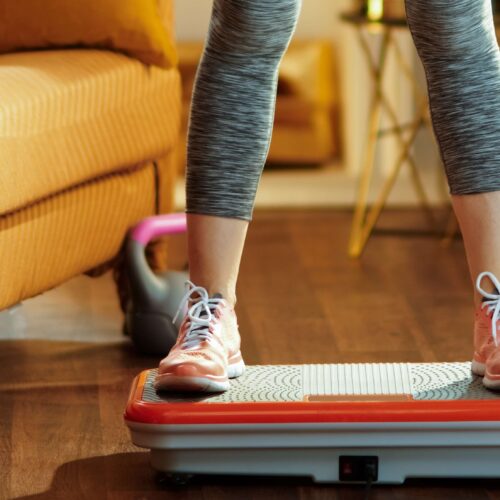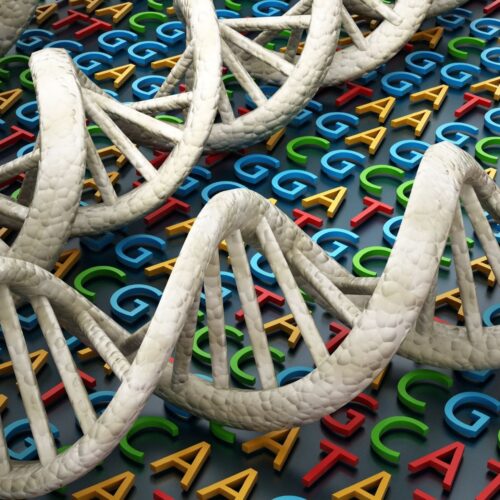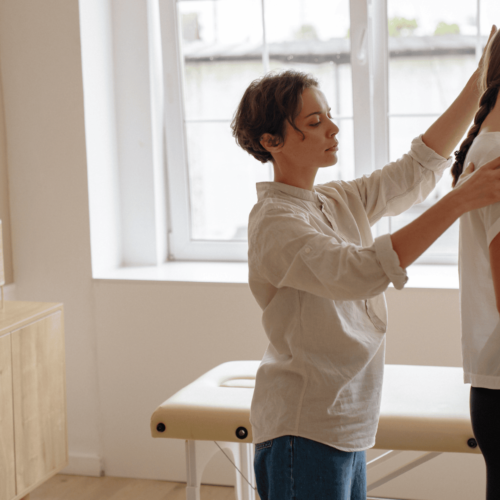Have you ever noticed a black film along the edge of your shower?
Or have you noticed a musty smell when walking into a room?
That’s bad because that’s black mold.
Black mold can cause:
- eye irritation
- chronic coughing
- irritation of mucous membranes
- headaches
- rashes
- fever
- and chronic fatigue
If the exposure is chronic, or if you have a mold allergy, further symptoms can include vomiting, nausea, and even bleeding of the nose and lungs.
Mold likes to grow in warm and humid / moist places.
But mold creates something called spores which allows it to survive dry and harsh environments, too.
If there has been a water leak or water damage, there’s a good chance there is mold. It only takes a matter of hours for those mold spores to start growing.
Some of the top places to check for mold include:
- HVAC or air conditioning system
- bathrooms (not just shower / sinks (and double check those sink stoppers, too))
- basements / crawl spaces
- washers / washing machines (basically anything that uses water regularly)
- any room that smells like mildew or musty
- any room that has had water leakage
If the mold is on a hard surface like in the shower, H2O2 is great to clean that up!
That goes for the sink stoppers as well. I just pull them out, put them in a container with H2O2 until there is no more fizzing, wash with soap, put it back in the sink.
If you do find that you have mold in the walls or floor or HVAC, you’ll want a professional to come.
But some mold is more hidden, making mold testing necessary.
Testing should include both air samples and surface samples, as some spores are heavy and won’t be floating around much for the air sample to pick up on.
There is more than just black mold, and mold can be incredibly immunosuppressive.
As a matter of fact, mold is so immunosuppressive that it is used to create immunosuppressive drugs for organ transplants.
If you have really strange health symptoms, or your health has been struggling and nothing is making it budge, mold can certainly be the culprit.
I know some people who have had to move because the mold issues were so severe for them.
Of course you’ll want to support your body when dealing with mold as well.
Some basics to support your health when dealing with mold include:
- Make sure your liver is supported (dandelion tea, KL Support from CellCore BioSciences)
- Use a binder to safely get the mold toxins out of your system (BioToxin Binder from Cellcore Biosciences)
- Cut sugar out of your diet (it just feeds inflammation and feeds the mold)
Beyond that, it becomes very individualistic in how to support your body to heal.
It’s important to bear in mind that with mold, going beyond black mold, the health effects can get really severe.
Some symptoms that should make you consider a mold toxicity include:
- difficulty holding urine (including having to pee often at night)
- chronic sinus congestion
- chronic GI issues such as diarrhea, cramping, or constipation
- muscle aches and joint pain without inflammatory arthritis
- difficulty regulating body temperature (including not being able to sweat in a sauna)
- lightheadedness and vertigo
- memory and concentration issues to the point that people worry they’re getting Alzheimer’s Disease
- unusually short breath or air hunger at rest
- creepy crawly skin sensations at night
- POTS
- hypersensitivity to bright light, blurred vision, or burning red eyes
… and the list goes on…
Also, to deal with the surface mold you found or to prevent mold, make sure to:
- keep your house well ventilated (open your windows daily) and put in a fan if needed
- address any water leaks immediately
- use H2O2 or white vinegar to clean surface mold
- wear gloves while cleaning surface mold, depending on sensitivity wear a mask while cleaning this as well
Mold really is a much bigger topic than can fit into just a couple of pages.
But I wanted to raise your awareness on mold, along with the steps I gave you, so you can start taking better control of your health!





